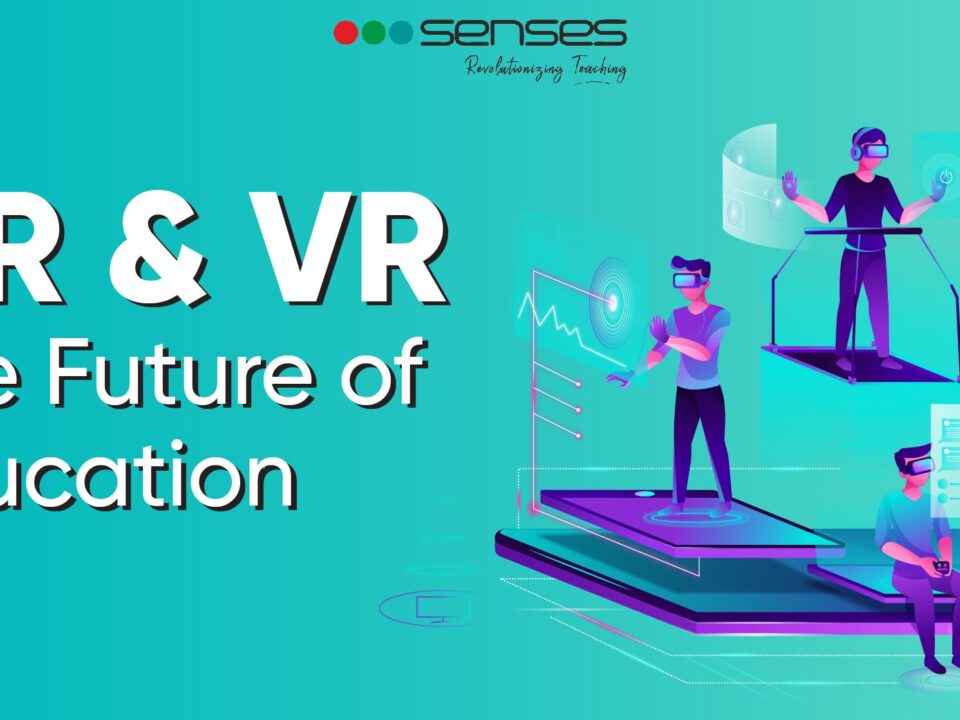Top 5 reasons that proves AI/ ML is pivotal to the education sector

Top 5 reasons that proves AI/ ML is pivotal to the education sector
Artificial Intelligence and Machine Learning are two buzzwords in today’s world that are often used as compound words. They are used in high volume when anything related to technology is the topic of discussion. AI and ML are clusters of technologies that make machines more intelligent and smarter than match or surpass the capabilities of humans. We use AI/ML in our day to day lives without even realizing that we’re using these technologies.
Today, virtual assistants have become an integral part of our lives and those are supplemented by AI/ML. Expert systems demystifying comprehensive processes are based on applications of this field of computer science. EdTech is a new sector that has emerged in recent times resultant of technological advancements. The education sector is making use of these fragmented applications to enhance the learning and teaching processes. Educators are being assisted and students are being provided with advanced learning systems, and AI/ML has a huge role to play in it.
It is said that education yields the best returns as compared to any other investment. What better way to improve the sector than to automate it? According to a report from the Market Research Future (MRFR), there will be around 38% i.e. 2 billion dollars of growth in the education sector by 2023.
There are existing institutions that are reaping the benefits of AI/ML in their classrooms, for their teachers and students. Let us have a look at some of the most pivotal aspects of the same.
1. Personalized Education
AI/ML infused educational programs are built with study material broken down into easily understandable content, flashcards and digital content like videos and infographics to help students understand things in a better way. The Machine Learning aspect of it learns about the user and Artificial Intelligence personalizes the content to make it more apt and suitable as per the user. It takes into consideration the user’s level of understanding, speed, and the method which they find most effective. The interface provides them assistance in performing tasks based on learning concepts and interactivity that reinforces feedback to make tailor-made modules. There are AI tutors or educational assistants that answer student’s queries and personally aid them.
2. Classroom Management
It is said that educators and teachers often spend ½ of their time on doing and managing non-teaching tasks. Teachers have to perform various organizational and administrative tasks that take time away that is meant for facilitating education. To handle these tasks for them, AI/ML systems can be put in place. Taking attendance, filing paperwork, scheduling meetings with the parents, staff room personnel meetings, setting the timetable, scheduling field trips, and industrial trips, keeping a record of the student’s marks and many other such tasks can be handed over to AI/ML-enabled solutions. This will save a lot of time and bring in efficiency in the performance of these processes, eliminating the human-made errors. These solutions are not here to replace educators but to merely assist them.
3. Integrated Assessments
Test and assignment assessment is an integral part of the whole education system. It is imperative to assess whether a student has an understanding of topics to move ahead or not. But the traditional fixed format exam way of assessment has its limitations. It involves personal bias and the same level of difficulty and grading to evaluate everyone. When learning is personalized to adapt to the student’s mind, then why assess him just like everybody else? AI and ML integrated assessment solutions solve that problem. They focus more on diagnosis than on evaluation. Assessments are personalized just like education. Students are given interactive exams and tasks to ensure they have gained the right skill set and not just the ability to by heart theory.
4. Analytical Support
AI and ML provide analytical support in the education sector. ML is also a form of learning and predictive analytics that help derive insights on topics and behaviors. Certain concepts are a little difficult to understand and also to make someone else understand. AI/ML integrated solutions deep dive into the pool of content to derive useful insights about the same which the teacher can then use for interpretation for making connections and conclusions. This enhances the learning process. Analytics are also used to give prediction- based suggestions, where it gives students and teachers choices of methodologies for effective learning and teaching.
5. Quick Problem Recognition and Provision of Solutions
AI/ML systems learn user behaviour, recognize problems, and provide solutions. It helps the educators identify students who have difficulty learning and grasping concepts at an early stage and then provide suitable methods and ways to solve the same. Students can be given additional assistance and information to help them overcome their problems. It also helps in identifying potholes in the course and curriculum and fills them with conceptual foundation-based material. Teachers are given alerts when a greater number of students make a common mistake, which then can be looked into to vet the topic. It not only increases efficiency but also the quality of education.
According to a Classter report, It is expected that by the year 2024, 47% of learning management tools will be enabled by AI capabilities. Using AI and ML-based software and solutions to aid teachers and students is the right step in the direction of growth and effectiveness. It sets the ducks in a row while building a separate more seamless path for each one of them. Educational programs based on these technologies are proving to be beneficial in laying the foundation of a great institution.



